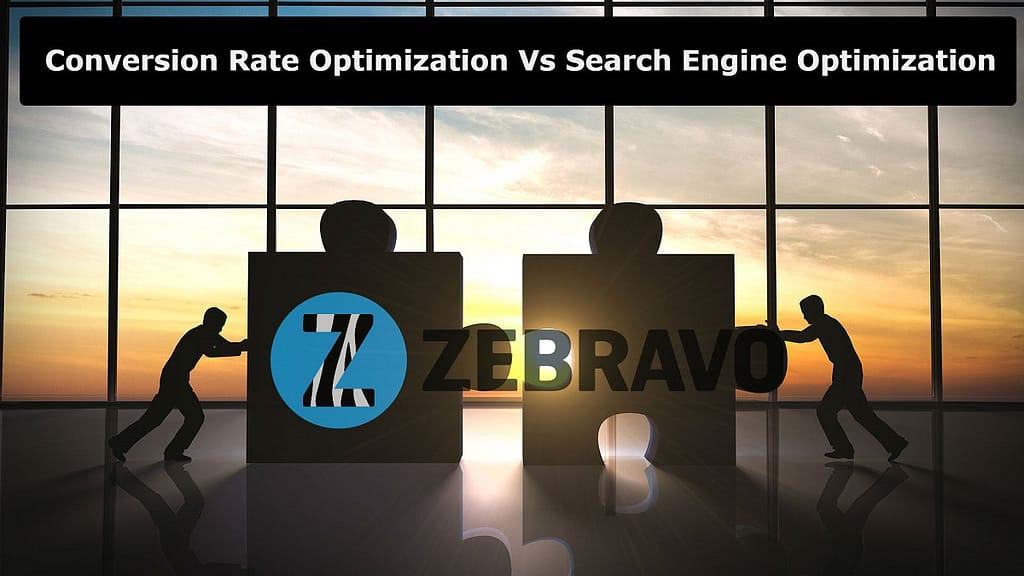Recently updated on March 10th, 2021 at 10:48 pm
Actually measuring your results can bridge the gap between Digital Marketing Success suffering and achieving a return on your investment. There are many ways to obtain information about your digital marketing efforts, but it is important that you choose only those that are related to your overall strategy.
Let’s take a look at the most important metrics and how they can help you succeed. There are three categories: traffic, conversion, and income.
Traffic Movement
1) Site Traffic:
This metric will provide information on whether my site’s digital marketing techniques are effective or not. Remember to focus on the unique visitors your site receives rather than website visits and page views.
2) Traffic source:
how did your visitors get to your site? It could have brought the keywords you used there, it could have been a search query or even references. This scale will let you know which channels to focus on.
3) Click-through rate The click-through rate (CTR) of any digital marketing plan is the number of viewers who have actually clicked on the ad/offer. A great way to increase your click-through rate is to combine it with powerful content and a strong call to action.
4) Mobile Traffic – You must be on the list considering the increasing mobile internet traffic in Digital Marketing Success. As more and more people are able to access the Internet through their smartphones, new opportunities emerge for bigger and better sources of income. This metric provides information on how to structure and plan your marketing strategy and achieve meaningful interaction with your viewers.
Transfers
1) Conversion rate: conversion is the main goal of your strategy. You need to convert traffic into sales/leads. Monitoring your conversion rate can help steer your strategy in the right direction.
2) Bounce Rate: If your site is irrelevant to the viewer, it will simply jump or “bounce” the page. Some ideas on this will help you engage with the right target audience/leads.
3) Rate of Return – Your site’s popularity is not only determined by your traffic, but also by the rate of return from viewers. Knowing your rate of return can help improve your site by converting traffic into leads and attracting attention.
Cost per conversion – Also known as cost per lead or referral cost. This metric determines the gross margins. A high CPC can turn negative if costs are so high that they reduce your net income. There are even digital marketing training programs that include this course, making it art that needs attention.
Income
1) ROI – Information about your ROI will determine which parts of your site are actually driving sales and generating revenue, and which parts require the most effort to improve. ROI is the ultimate measure of your success, as it shows whether or not your Digital Marketing Success is profitable.
2) Cost per acquisition: CPA is related to revenue and is counted once a visitor becomes a paying customer. This metric will determine how much you spend to get the customer to spend on you. Tracking your CPA will determine if the strategies you used to get leads are working.
Spending your digital marketing money efficiently and metrically will ensure that you are doing the best for your business in this area. The metrics will give you a very accurate picture of your performance and where you need to work harder, allowing you to keep up with the pace and convert traffic to leads.



